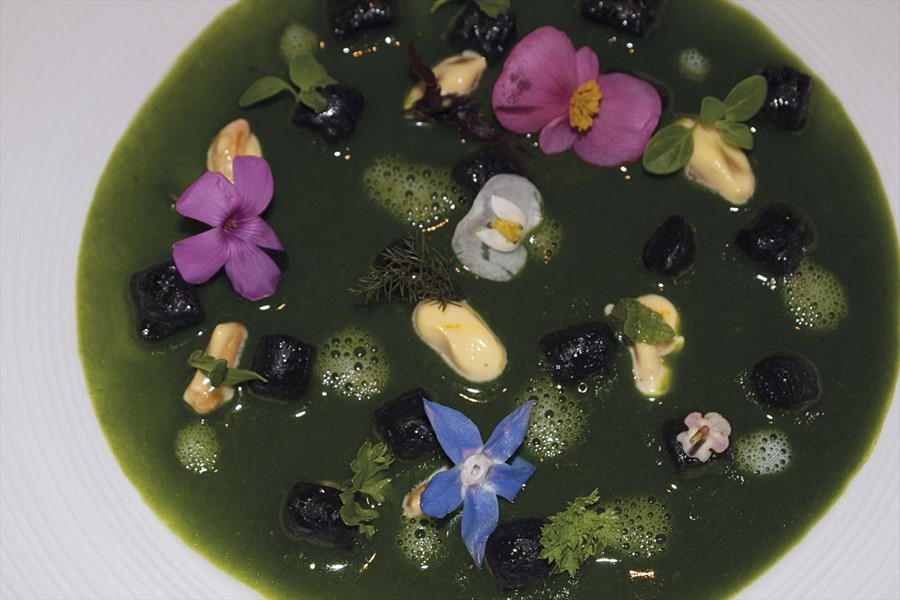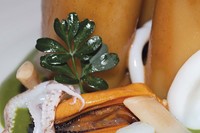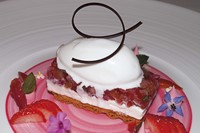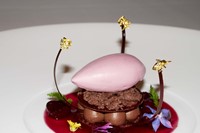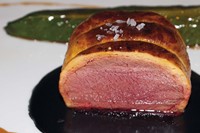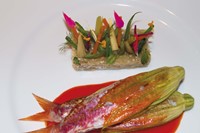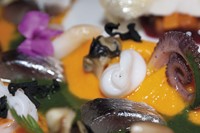Hotel Il Pellicano reveals some of its culinary secrets alongside delectable images shot by Juergen Teller
Hotels with heritage are two a penny these days, but Italy’s Il Pellicano is something a little special. Opened in 1965 on the cliffs in Tuscany’s Monte Argentario peninsula, it has played host to European royalty, fashion scions, bastions of Hollywood and the artistic cognoscenti, who fell in love with its remarkable situation, delectable food, hedonistic spirit and incredible beauty. In 1979 the hotel passed from the founders – Americans Patricia and Michael Graham – to one time guest Roberto Sció, who oversaw the expansion of the property into a lavish haven for the likes of Charlie Chaplin, the Missoni, Fendi and Casiraghi clans and, later, Juergen Teller and his family.
“It’s often said...that the past is another country, but at Il Pellicano the past and the present are adjacent plots in a garden of gentle topiary and sweet smelling lemon trees" — Will Self
Violette Editions have just published a recipe book stuffed full of Il Pellicano’s culinary secrets, courtesy of chef Antonio Guida. Offering a glossy excavation of the unique gastronomic delicacies that emerge in visionary formations from Guida’s kitchen, the dishes are captured in Teller’s inimitable style. From the exquisite – delectable seafood snared just feet away – to the more unusual – wild boar with sea snails and elderflowers – and the definitively radical –tobacco ice cream to accompany licorice parfait – this is the culinary reflection of a very special place. As Will Self, guest, fan and author of the preface, writes, “It’s often said – in the English speaking world – that the past is another country, but at Il Pellicano the past and the present are adjacent plots in a garden of gentle topiary and sweet smelling lemon trees; here you only have to stretch out your hand and it will be softly pressed.”
To celebrate the release of the book, we preview a typically beautiful if challenging recipe from the book.
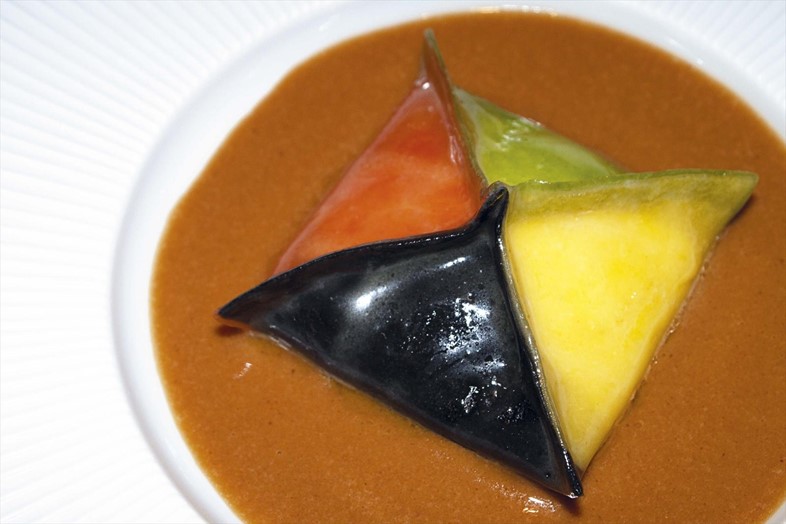
Fagottino Farcito con Aragosta al Basilico/Lobster and Basil Ravioli
Ingredients:
Pasta Dough
1.5 kg (3 lb) 00 flour
350 g (2 ¾ cups) Semolina
10 Egg yolks
3 Whole eggs
100 g (4 oz) Spinach purée
80 g (3 oz) Tomato paste
5 g (2 ½ tsp) Ground saffron
15 g (1 tbsp) Cuttlefish ink
Lobster Filling
200 g (7 oz) Fresh lobster meat, diced
Extra-virgin olive oil, as needed
30 g (1 oz) Cow’s milk ricotta
20 g (¾ oz) Mascarpone
20 g (1 tbsp) Bisque reduction
2 Basil leaves, cut into juliennes
5 Tarragon leaves, cut into juliennes
Salt to taste
Freshly ground black pepper to taste
Bisque Sauce
500 g (1 ½ cups) Bisque
100 g (½ cup) Double cream
20 g (1 ½ tbsp) Normandy butter, plus more for tossing the pasta
80 g (3 oz) Artichoke purée
Method:
For the pasta dough, combine the flours and form a well. Place the egg yolks and the eggs in the well and slowly incorporate the surrounding flour until you have a shaggy dough. Divide the dough into four portions. Incorporate the spinach puree into one portion, the tomato paste into a second, the saffron into a third and the cuttlefish ink into the fourth. Knead each portion separately until smooth, then wrap each in cling film and set aside. Let the four separate batches of pasta dough rest for about two hours.
Form each batch of pasta into a log 2.5cm (1in) thick. Combine the four logs, one from each batch, into a larger log, attaching them by brushing the sides with water and pressing them together. Wrap in cling film and freeze until firm. Slice the multi-coloured log to create four-colour squares. Roll out the squares with a pasta machine to make larger squares.
Sauté the lobster in a small amount of olive oil very briefly. Set aside to cool. Combine the lobster with the ricotta, the mascarpone, the bisque reduction, the basil and tarragon. Season to taste with salt and pepper. Mix in a mixer fitted with the paddle attachment very briefly, just until combined. Place a small amount of the filling in each pasta square, brush the edges with water and seal.
For the sauce, place the bisque and cream in a pot and bring to the boil. Simmer briskly until reduced and thickened. Strain through a chinois, then add the butter and artichoke puree and blitz until very smooth.
Meanwhile bring a large pot of salted water to the boil and cook the pasta. Drain the pasta and toss gently in a pan with a small amount of butter until coated. Place the bisque sauce in individual serving plates and top each pool of sauce with one raviolo.
Eating at El Pellicano is out now, published by Violette Editions.
